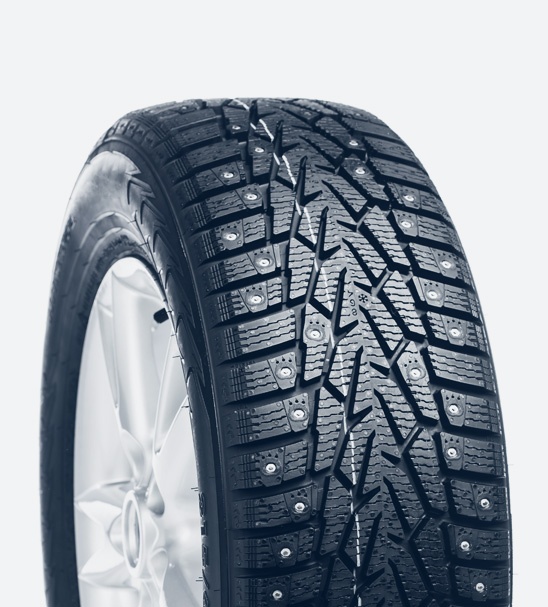cassette oil seal
Understanding Cassette Oil Seals Importance and Applications
Cassette oil seals, often referred to as oil or shaft seals, play a pivotal role in various mechanical systems, particularly in engines and gearboxes. These seals are designed to prevent the leakage of lubricants and to keep contaminants out, ensuring the longevity and efficiency of machinery.
What is a Cassette Oil Seal?
A cassette oil seal is a circular sealing component that incorporates a metal or plastic casing with a rubber or elastomeric sealing lip. The design of the cassette form aids in installation as it typically has a built-in flange that allows for easy positioning within the assembly. The unique combination of materials provides flexibility and resilience, making it adaptable to different temperature and pressure conditions.
Functionality and Importance
The primary function of a cassette oil seal is to retain oil and other lubricants within a mechanical system
. This is critical to reduce friction between moving parts, which can lead to wear and tear. Furthermore, keeping lubricants secured inside the system enhances operational efficiency, as less energy is required to compensate for friction losses. Additionally, these seals prevent dirt, water, and other contaminants from entering the system, which can compromise functionality and cause premature failure.In modern engines and machinery, the importance of oil seals cannot be overstated. A failing oil seal not only leads to oil leaks but can also result in significant damage to components, requiring costly repairs. Therefore, it is essential to use high-quality seals that match the specifications of the machinery in which they are installed.
Applications of Cassette Oil Seals
cassette oil seal

Cassette oil seals are utilized across various industries and applications, showcasing their versatility. In the automotive sector, they are commonly found in engines, transmissions, and differentials. In machinery, they help seal hydraulic cylinders, pumps, and gearboxes, providing essential protection against oil loss and contamination.
The design of cassette oil seals varies depending on their specific application. For example, seals meant for high-speed and high-temperature environments might feature specialized materials such as fluorocarbon or PTFE to withstand harsher conditions. In contrast, seals in lower-demand applications may utilize more standard elastomers.
Selection Considerations
Choosing the right cassette oil seal involves several considerations to ensure compatibility and effectiveness. Firstly, it is crucial to determine the dimensions that will fit the shaft and housing. The diameter, width, and depth of the seal must correspond with those of the assembly to prevent leaks or failure.
Next, the material selection is vital based on the operating environment. Factors such as temperature ranges, exposure to chemicals, and potential wear conditions must guide material choice. For instance, seals exposed to high temperatures may require materials with excellent heat resistance.
Lastly, the design of the oil seal should provide adequate sealing capability while allowing for smooth operation. Some designs feature additional elements, such as spring-loaded lips, which provide better contact with the shaft and enhance sealing effectiveness under varying conditions.
Conclusion
In summary, cassette oil seals are fundamental components in ensuring the efficient operation and reliability of mechanical systems. Their ability to prevent lubricant leaks and keep contaminants out makes them indispensable in many applications, particularly in the automotive and machinery industries. When selecting an oil seal, careful consideration of size, material, and design is essential to achieve optimal performance. Investing in quality cassette oil seals can save time, money, and resources by reducing the likelihood of mechanical failures and prolonging equipment life. Consequently, understanding and applying the knowledge of cassette oil seals is crucial for engineers, mechanics, and manufacturers alike.
-
The Ultimate Guide to Car Repair Kits: Tools and Essentials Every Driver Should Own
News Aug.01,2025
-
The Complete Guide to Oil Pan Gaskets: Sealing Engine Leaks the Right Way
News Aug.01,2025
-
Preventing Oil Leaks: A Complete Guide to Oil Pan Gaskets and Drain Seals
News Aug.01,2025
-
Everything You Need to Know About Oil Pan Gaskets and Drain Plug Seals
News Aug.01,2025
-
Essential for Car Owners: How to Use a Car Repair Kit to Deal with Minor Breakdown
News Aug.01,2025
-
Comprehensive Guide to Engine Oil Sump Gaskets and Related Seals
News Aug.01,2025
-
The Ultimate Guide to Boat Propeller Bearings and Trailer Wheel Bearings
News Jul.31,2025
Products categories















